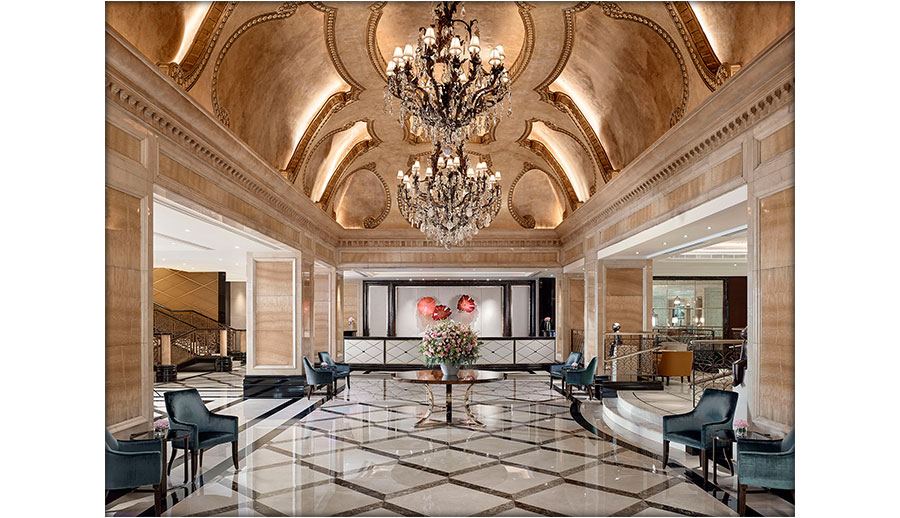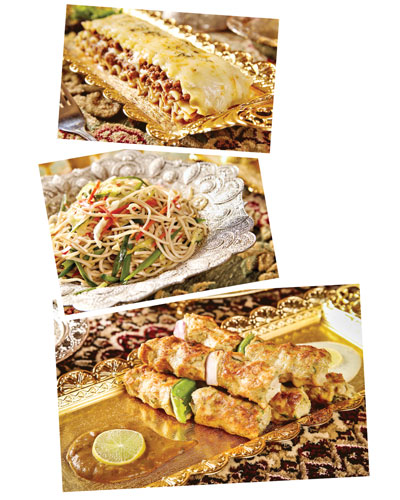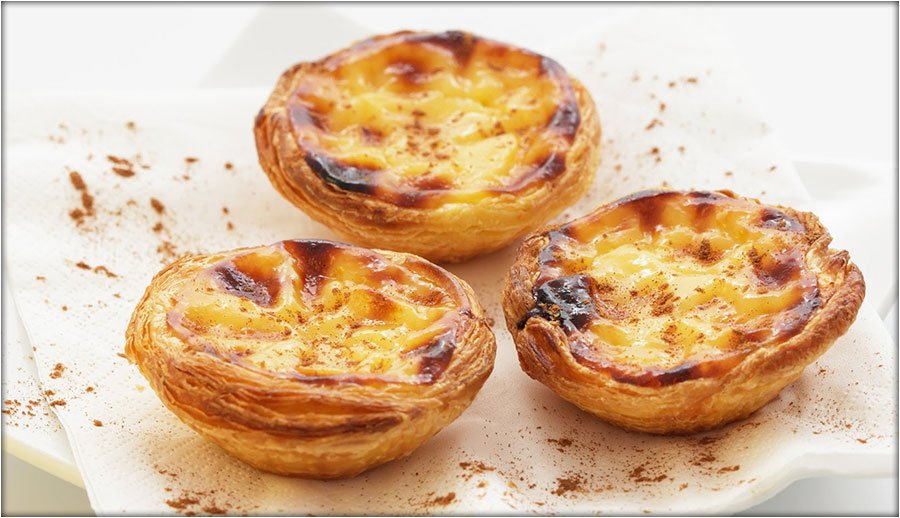SPA AT HOTEL VALO
- 20 Apr - 26 Apr, 2024

Luxe Retreat
A mixture of Stalin-era design, cinematic views and contemporary Western styling have transformed this 21st-century reimagining of the former Hotel Moskva into a world-class wonder. Four Seasons relaxes in one of the most exclusive addresses – between the Kremlin and State Duma overlooking the Red Square and St Basil’s Cathedral – in the city. Today, the public areas are a contemporary fantasy of glittering chandeliers, high ceilings, cool marble corridors, cream leather sofas and fragrant floral displays. Avail a range of decadent spa treatments here, including an all-over body scrub with flakes of 24-carat gold and an exfoliating facial using real diamonds. The sun-lit pool and its detox juice bar is the perfect spot to relax post-treatment. The hotel offers fine Italian cuisine while the breakfast here includes buffet tables laden with fresh fruit, salmon, pastries, cold meats, caviar.

Table to book
Lal Qila opened its doors to Karachiites back in 1998 and since then, the eatery has made quite a name. Keeping in sync with that, the restaurant truly boasts the atmosphere of a fort; minarets, jharokas, traditional geometrical and floral patterns on floors, walls and ceilings, glazed tile mosaic work, red brick, lanterns and waterfalls are prominent features that catch visitors’ attention as soon as they step inside.
Guests can avail an affordable buffet lunch, high-tea, dinner and Sunday brunch here, each featuring around 50 different food items from varied cuisines such as Pakistani, Chinese, Italian, South Asian and Continental. Team MAG dropped by the restaurant to have a munch on its high-tea. As we were spoiled for choices at the eating joint, we decided to stick to the ones we got around to trying.
First, we got our hands on Chinese potato salad and two Italian salads, chickpea salad and dahi phulkian. The Italian chicken salad was creamy and crunchy because of shredded cabbage, quite in contrast with the dry cubed potato salad with mild spice seasoning. The other Italian salad was tossed in a tangy tomato base with onion and tomato and seasoned with ground black pepper, not to mention that it was mouth-watering, boasting the taste quite close to Arabiata pasta – just rather tangy instead of hot. The dahi phulkian were perfectly sweet, but we liked the chickpea salad the best. Undoubtedly, the restaurant’s specialty lies in the BBQ and Pakistani dishes. Its soft and perfectly seasoned Lebanese kebabs were to die-for. The chicken kebabs, juicy seekh well seasoned with herbs and boti tossed in sesame and red sticky sauce, came the closed second. The beef lasagna had more mince than the sauce or cheese. The Des Pardes was another item that had our taste buds satisfied; the thick red tangy sauce featured crunchy vegetables and big juicy sausages. We enjoyed the dish with chowmein that otherwise tasted a bit under seasoned. Apart from finger-licking traditional cuisine, Lal Qila offers attentive and courteous service. Everyone is sure to find food of their choice on the menu, as it is inclusive.
– Editorial Desk

What’s in the menu?
Pastel de nata is a Portuguese egg tart pastry, originally from Portugal which can also be found in countries with significant Portuguese immigrant populations. Pastéis de nata were created before the 18th century by Catholic monks at the Jerónimos Monastery in the civil parish of Santa Maria de Belém, in Lisbon. These monks were originally based in France where these pastries could be found in local bakeries. At the time, convents and monasteries used large quantities of egg-whites for starching clothes. It was quite common for them to use the leftover egg yolks to make cakes and pastries, resulting in the proliferation of sweet pastry recipes throughout the country.
Following the extinction of the religious orders and in the face of the impending closure of many of the convents and monasteries in the aftermath of the Liberal Revolution of 1820, the monks started selling pastéis de nata at a nearby sugar refinery to bring in some revenue. In 1834, the monastery was closed and the recipe was sold to a sugar refinery. The Pastéis de Belém were mentioned by The Guardian as the 15th most tasty delicacy in the world. A 96g serving of pastel de nata provides approximately 363 calories; 22.8g fat, 4.1g of protein, 36.4g of carbohydrate, 56mg of potassium, 210mg of sodium and 160mg of cholestrol.
COMMENTS